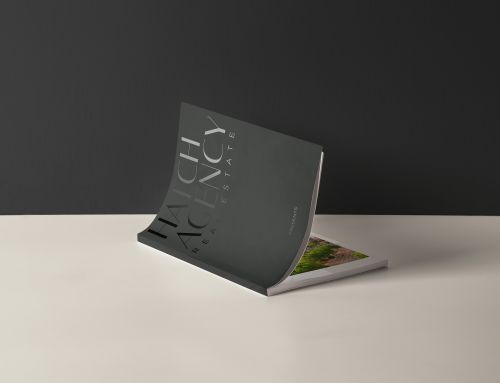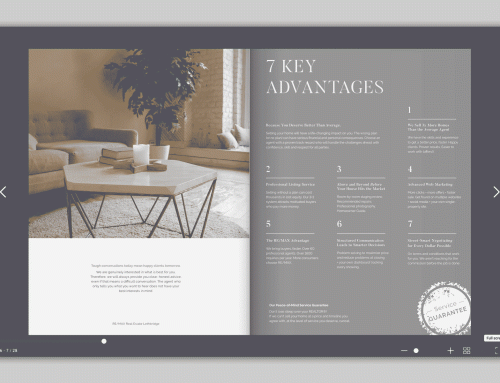Like we said in our article Beautiful Design is Functional Design: What’s on the outside counts, and first impressions matter[…]Websites and printed material that are designed beautifully are also more functional.
We stand by that statement. First impressions are everything, especially when it comes to print media. When you hand someone a business card or mail out fliers for a new listing, it is the style and quality of that product that is influencing people – for better or for worse.
As on of our five senses, texture has a great impact on our perception of the world. Think of the satisfaction of that fizzy coca cola. Or imagine the feeling of cashmere against your skin. It makes all the difference and the type of paper you use for your marketing material is no exception.
The many factors of choosing the right paper stock:
In order to make a quality decision about what first impression you want your marketing paper to give, you must first understand the many factors that effect what kind of paper will put your best foot forward.
Your market & the image you want- are you are selling homes to a middle class buyer? offering rentals? or grand, luxurious mansions?
Purpose of this print project – is this a wide scale mailout for an open house? a new, upscale business card that you can write notes on? or a professional, clean folder with your own personal style?
Quantity of printing- do you want 50 feature sheets for your open house? or 500 for a mailout?
Budget – money, money, money… it always plays a part and the amount you want to spend can greatly affect the type of stock paper you will want to use.

Thickness: Pros and Cons
Bigger = Better is often the mantra, but it isn’t always true. Here are some examples:
Pros:
Thicker paper feels luxurious & serious, like you spent a million bucks on it.
You’re more likely to be taken seriously with a thicker card than thinner counterparts because it FEELS like you’re serious. It feels like you are getting down to business.
It is able to handle specialty applications such as foil stamping better without distortion. This can add some really professional, and – lets face it – pretty cool effects to your print media.
It wins more draw prizes. Thicker paper is more likely to catch the fingers when they draw for that free lunch!
Cons:
Thicker paper stock prices go up by a big margin! i.e. Our 16pt cards with laminate can be as cheap as $120 (1,000), while a 29pt card can quickly exceed $500. That a big budget difference…
Less cards will fit in your business card holder. You’ll need to keep on top of refilling that stock you cary around with you.
When paper is too thick, it’s hard to fold over without breaking the edges… which means that any colour you have like black will look cracked and peeling on the fold. So folders, folded booklets or pamphlets should be limited to a certain thickness (16pt max, 14 is safer).
So now that you’ve learned about the pros and cons, when is it ok to use thick paper?
When to go thick:
Business cards
Single-sheet cards that are not folded
When to keep it 16pt or under:
Folders or folded feature sheets to avoid cracking.
Lower quantity print-jobs. Thicker paper is more expensive in small quantities than in bulk.
Printing has such a wide variety of options & specifications that it can be overwhelming. If you are interested in printing with us, please inquire with our design team to discuss your needs.
We specialize in branding & print media design for real estate agents and will know exactly what will help your print media give the first impression you want.








